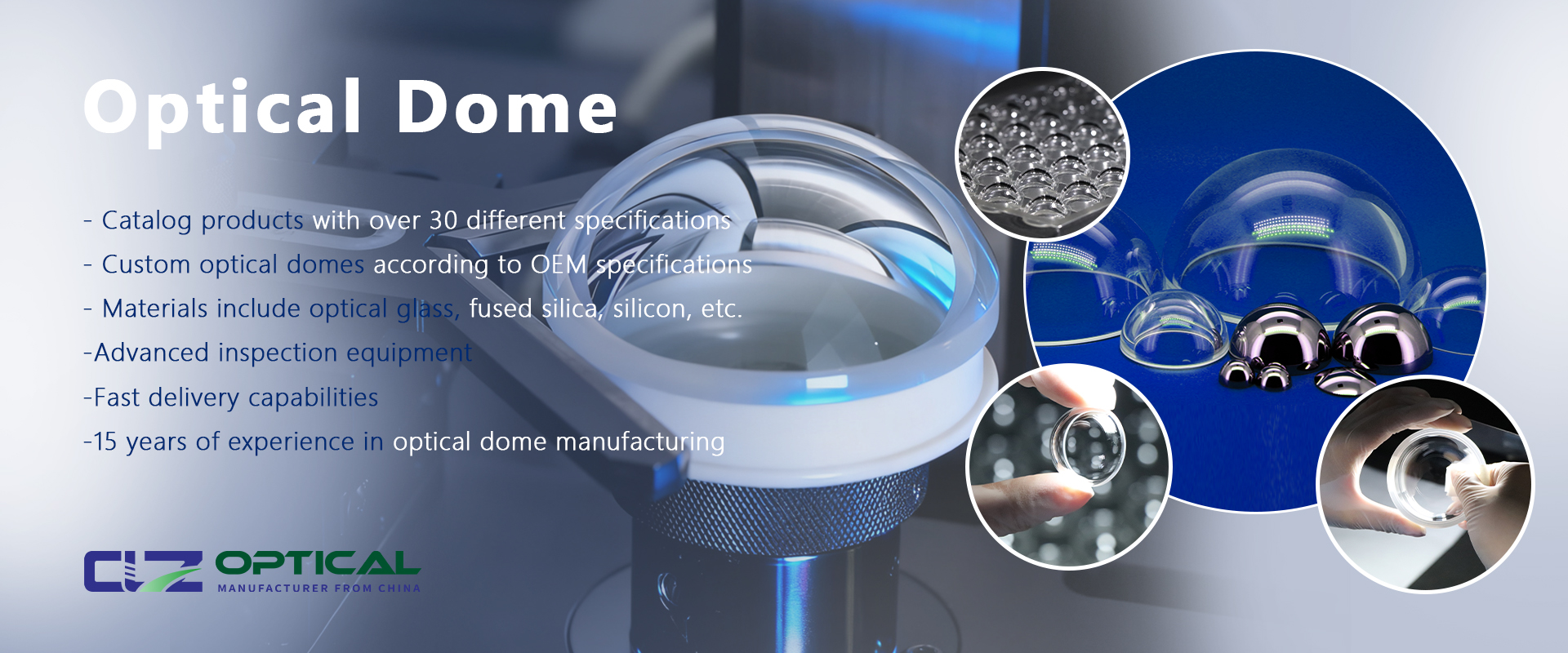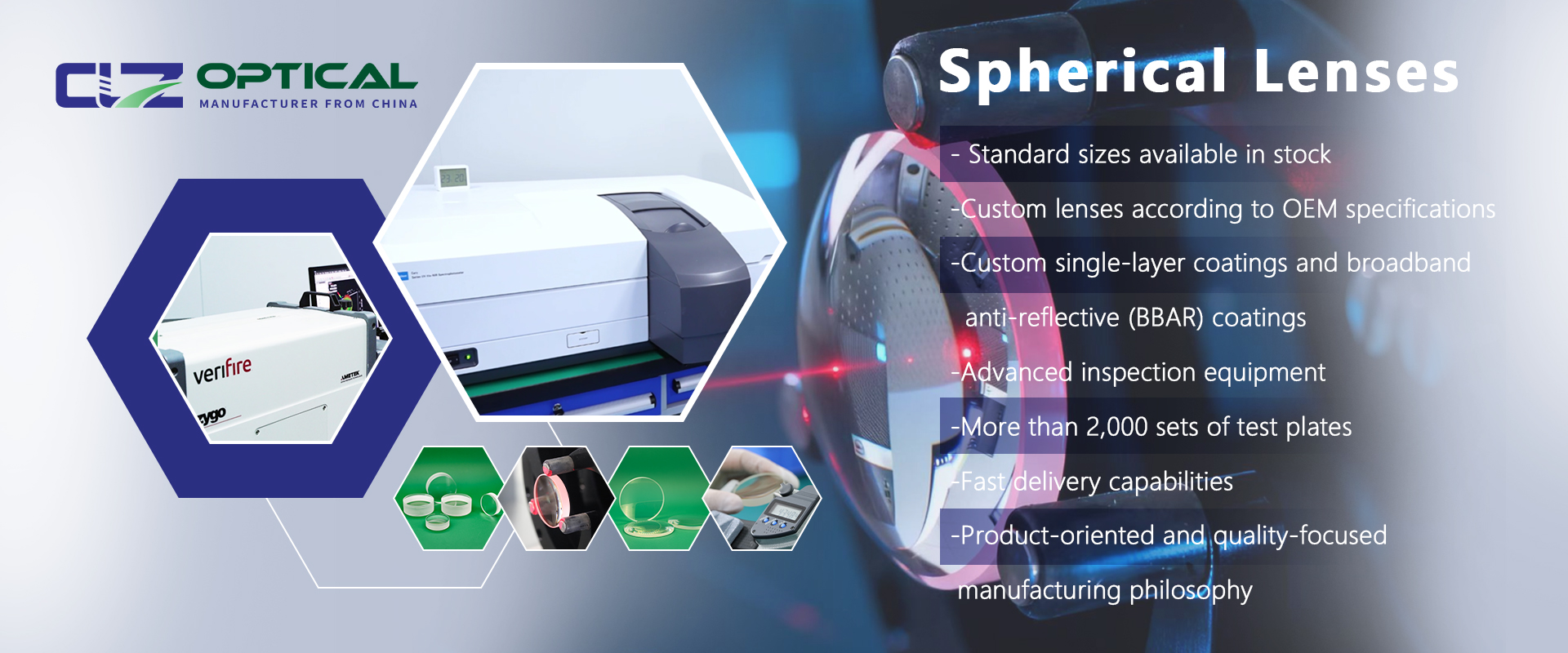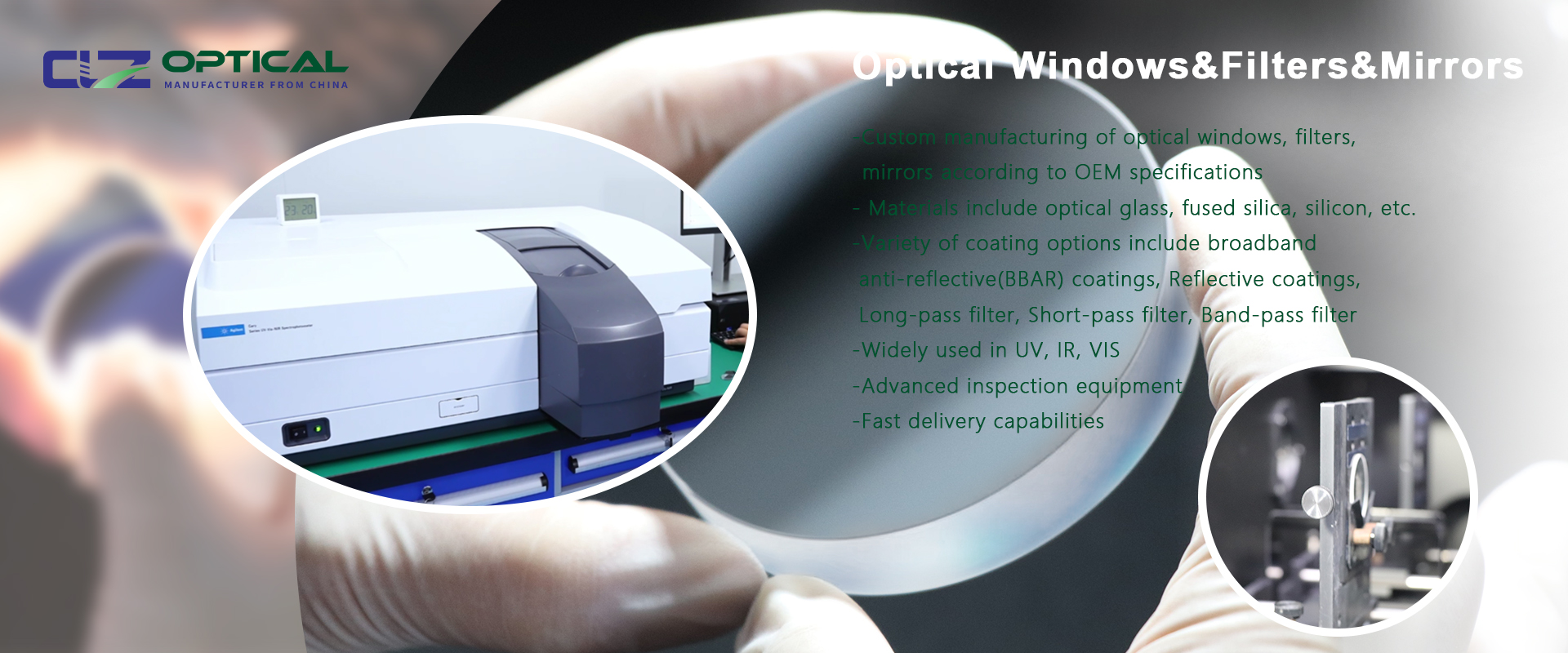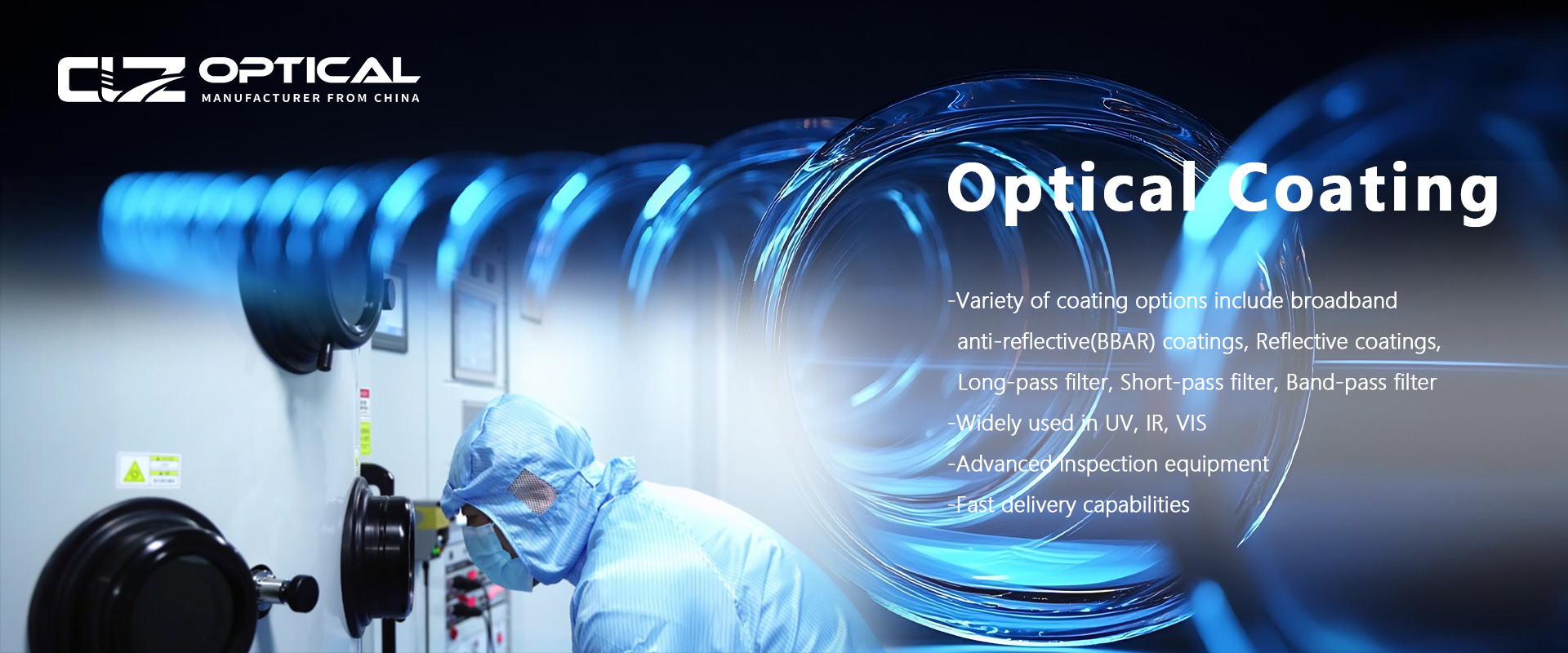Main types of sensors
Nov. 23, 2023
The ability of a sensor to sense a physical phenomenon is based on the effect that the detection element, the main component of the sensor, can have on a physical phenomenon (e.g., pressure effect, light effect, magnetic effect, etc.) The main areas include the following:
(1)Resistive sensors.
A device that converts measured physical quantities such as displacement, deformation, force, acceleration, humidity, temperature, etc., into resistance values. Mainly resistance strain type, piezoresistive, RTD, thermal, gas-sensitive, moisture-sensitive and other resistive sensor devices.
(2)Inverter power sensors
Inverter power sensor through the input voltage, current signals for AC sampling, and then the sampling value through the cable, fiber optic and other transmission systems and digital input secondary instrument connected to the digital input secondary instrument, digital input secondary instrument on the voltage, current sampling value of the operation, you can get the voltage RMS, current RMS, fundamental current, harmonic voltage, harmonic current, active power, fundamental power and other parameters.
(3)Weighing Sensors
Is electrical conversion device that can transform gravity into an electrical signal, which is a key component of electronic weighing equipment. Able to realize the force, electrical conversion sensor has a variety of common resistance strain type, electromagnetic force type and capacitive type. Electromagnetic force type is mainly used in electronic balance, capacitance type is used in some electronic crane scales, while the vast majority of weighing products used or resistance strain load cell. Resistance-strain load cells have a simple structure, high accuracy, wide applicability, and can be used in relatively poor environments. Therefore, resistance strain load cells are widely used in weighing equipment.
(4)Piezoresistive Sensors
It is a device made by diffusion resistance on a substrate of semiconductor material based on the piezoresistive effect of the semiconductor material. The substrate can be used directly as a measurement sensing element. The diffusion resistor is connected to the substrate in the form of a bridge, and when the substrate is deformed by an external force, the value of each resistor will change, and the bridge will produce a corresponding unbalanced output. Used as a piezoresistive sensor substrate materials are mainly silicon and germanium, silicon piezoresistive sensors made of silicon as the sensitive material is becoming more and more important to people, especially in order to measure the pressure and speed of the solid-state piezoresistive sensors are the most common applications.
(5)Laser sensors
Sensors that utilize laser technology for measurement, which consists of a laser, a laser detector and a measurement circuit. The laser sensor is a new type of measuring instrument, which has the advantages of being able to realize non-contact, long-distance measurement, fast speed, high accuracy, large range, strong resistance to optical/electrical interference, and so on. When the laser sensor works, the laser pulse is first fired by the laser emitting diode aimed at the target, the laser is scattered in all directions after reflection by the target, and part of the scattered light returns to the sensor receiver, which is received by the optical system and then imaged onto the avalanche spot diode. The avalanche photodiode is an optical sensor with internal amplification, so it can detect extremely weak light signals and convert them into corresponding electrical signals. Contactless long-distance measurements can be achieved by utilizing the highly directional, monochromatic and bright characteristics of lasers. Laser sensors are commonly used for the measurement of physical quantities such as length, distance, vibration, speed, orientation, etc. They can also be used for flaw detection and monitoring of atmospheric pollutants.
(6)Hall sensors
Hall sensor is a kind of magnetic field sensor made according to Hall effect, which is widely used in industrial automation technology, detection technology and information processing. Hall effect is a basic method to study the properties of semiconductor materials. The Hall coefficient determined by the Hall effect experiment can determine the conductive type of semiconductor material, carrier concentration and streamer mobility and other important parameters. Hall sensors are categorized into two types: linear Hall sensors and switching Hall sensors. Linear type Hall sensors are composed of Hall elements, linear amplifiers and emitter followers, which output analog quantities.
(7)Temperature sensor
Temperature sensors can be further categorized into three types, the first being room and tube temperature sensors: room temperature sensors are used to measure the ambient temperatures indoors and outdoors, and tube temperature sensors are used to measure the tube wall temperatures of the evaporator and condenser. Room temperature sensors and tube temperature sensors have different shapes, but the temperature characteristics are basically the same.
(8)Wireless Temperature Sensors
The wireless temperature sensor turns the temperature parameters of the control object into electrical signals and sends wireless signals to the receiving terminal to detect, regulate and control the system. It can be directly installed in the junction box of general industrial RTD and thermocouple, and constitutes an integrated structure with on-site sensing elements. Usually and wireless relay, receiving terminal, communication serial port, electronic computer, etc. supporting the use of this not only saves the compensation wire and cable, but also reduces the signal transmission distortion and interference, so as to obtain a high precision measurement results. Wireless temperature sensors are widely used in chemical, metallurgical, petroleum, electric power, water treatment, pharmaceutical, food and other automation industries.
For example: temperature acquisition on high-voltage cables; temperature acquisition in harsh environments such as underwater; temperature acquisition on moving objects; transmitting sensor data in spaces that are not easy to connect wires through; data acquisition solutions chosen simply to reduce wiring costs; data measurement in workplaces without AC power; data measurement in portable, non-fixed locations.
(9)Photosensitive sensor
Photosensitive sensors are one of the most common sensors, and there are a wide variety of them, mainly: phototransistors, photomultiplier tubes, photoresistors, photosensitive transistors, solar cells, infrared sensors, ultraviolet sensors, fiber-optic photoelectric sensors, color sensors, CCD and CMOS image sensors, and so on. It is sensitive to wavelengths near visible wavelengths, including infrared wavelengths and ultraviolet wavelengths. Light sensor is not limited to the detection of light, it can also be used as a detection element composed of other sensors, many non-electricity detection, as long as these non-electricity can be converted to changes in the light signal, light sensor is currently the most productive and most widely used one of the sensors, it is in automatic control and non-electricity electrical measurement technology occupies a very important position. The simplest light sensor is the photoresistor, when the photon impact on the joint will produce current.
(10)Biosensor
Biosensing is a cross-disciplinary field that uses biologically active materials (enzymes, proteins, DNA, antibodies, antigens, biofilms, etc.) to organically combine with physicochemical energy, and it is an indispensable detection and monitoring method for the development of biotechnology, as well as a rapid, micro-analysis method at the molecular level of substances. Various biosensors have the following common structure: including one or several related bioactive materials and physical or chemical transducers capable of converting the signals expressed by the bioactivity into electrical signals, which are combined together and reprocessed using modern microelectronics and automated instrumentation technologies to constitute a variety of bio-sensor analytical devices, instruments and systems that can be used.
CLZ Optical Co., Ltd. is a manufacturer specializing in the production of high-precision optical lenses used in a variety of professional fields, medical equipment, lasers, sensors, fiber optic communications, aerospace, etc., including the various types of sensors mentioned in this article, the application of optical filters is also one of our main products, in addition to the main products are optical dome, optical windows, optical prisms, spherical lenses, etc.
We can also provide customers with customized services to meet customer procurement needs.
Please contact us free time if you have any needs!




















